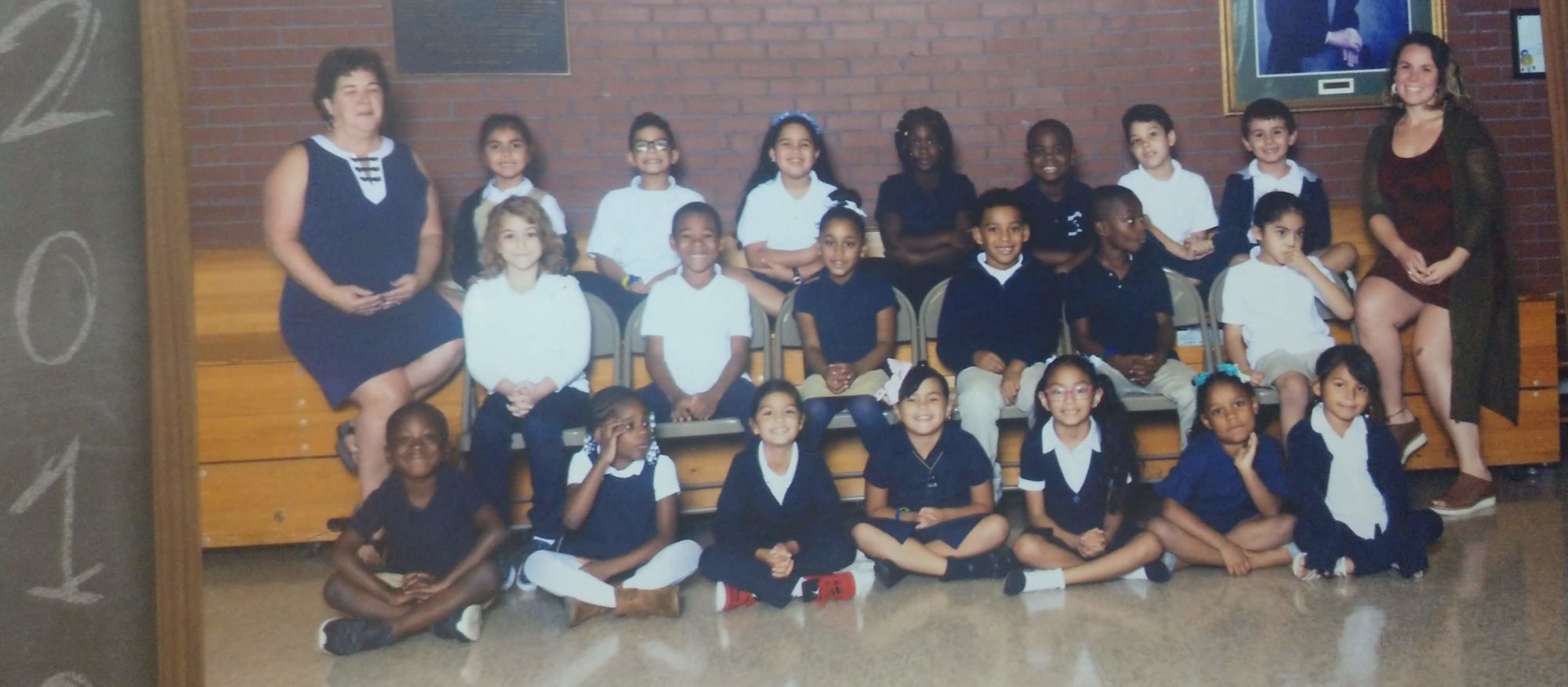Norms and Values
In a space with 20 people all trying to accomplish the same goals of learning, there is no way everyone can feel safe and excited to learn if there aren’t norms and values. Throughout this year, there are certain values that I have implemented in my classroom as a way to facilitate deeper learning, open up more avenues to converse and ensure that all student’s voices were part of the learning process. An overarching value that I’ve referenced almost every time we work with another person or people is team work. Team work can look like many things, but it always means there is listening, the conversation is on task, people are respectfully disagreeing or agreeing, and compromising might be in store. As we continue to do projects in teams (whether that means partners or bigger groups), my students continue to develop a deeper understanding of what this looks like and it can apply to the class as a whole.
Another value that I have less explicitly implemented in my classroom is that of becoming closer through conflict. Where there is human interaction, there is conflict. That is inevitable, but what comes out of the conflict is a choice. Several times a day, there are conflicts between my students from anything as small as someone’s pencil getting taken mistakingly, to a deep insult that cuts deep in people’s friendships. In either case, feelings are hurt and it is in my experience (as well as the proof of research), that students who are under stress cannot possibly learn to their highest capacity. My students know that I want to hear about the ins and outs of a conflict, and that the goal is always to work through our conflicts to be an even closer class.
Equity and Access
As with all interpersonal relationships, teaching is about connections and knowing my students. Not only does research show the importance of having trusting relationships in the classroom, but intuitively the classroom feels better and more full of learning when there is a positive rapport built with each student that is individual and informs how I create my lessons. It is through these one on one conversations where my students can have the most personalized education, necessary to their learning and growth. Although one-on-one conversations cannot happen all the time, it is through the short one-on-ones that I can catch in transitions or at break time that are incredibly valuable to my main lessons. In these brief conversations, I can truly express to my students how much they matter to class, and we can feel more on the same page as we move through the rest of the day endear together. Through these conversations, I can then reference them in a glance or a gentle word if a student needs a reminder of the conversations.
That being said, I cannot teach my students individually all the time, but, keeping in mind all of their needs, I can create lessons and curricula that are accessible to all my students as much as possible. An accessible lesson means students are engaged, excited, the content is relevant, the vocabulary I’m using is understood, meaning the challenge to class is thinking and inquiry, not that there is confusion about what we’re doing or how it relates. That is my job – to make those connections clear and set up a classroom that is excited to learn.
There are a few different strategies that I use everyday to engage all of my students – creating a low threshold for students to access the material, but a high ceiling (so they can take the learning to the level of their ability).
- Firstly, turn and talks (when students have a short conversation with their neighbor) are a tool to engage all students, hear their thoughts, and have a low-stakes conversations. Especially for English Language Learners, talking time that is low-stakes, but related to the content, is imperative to developing their confidence in speaking a different English, which translates into an easier time writing.
- Another strategy, which may seem simple, is body language. Not only do my words let my students know what I’m thinking or directing, but the way I present the material with my body in expressive hand motions or facial expressions is critical to their engagement and the clarity to which I’m speaking.
